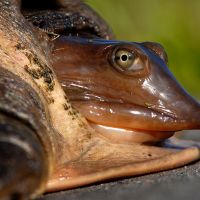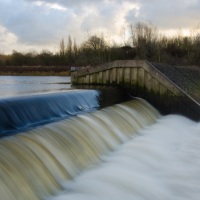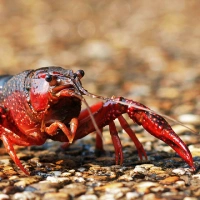Meet the BioFresh team: Thierry Oberdorff

Thierry Oberdorff
We continue our series of articles giving a ‘behind the scenes’ look at the work carried out by BioFresh scientists this week with an interview with Thierry Oberdorff from the Institut de Recherche pour le Développement (IRD) in Marseille, France. The IRD has three main missions: research, consultancy and training. It conducts scientific programs contributing to the sustainable development of the countries of the South, with an emphasis on the relationship between humans and the environment.
1 What is the focus of your work for BioFresh, and why?
It will provide science-based answers to pressing conservation questions that are currently being asked by our societies.

Image: Thierry Oberdorff
3 Why is the BioFresh project important?
I can list two main reasons. First, freshwater ecosystems provide goods and services of critical importance to human societies yet are unfortunately among the most heavily altered ecosystems. However, efforts to set global conservation priorities have, until now, largely ignored freshwater diversity, thereby excluding some of the world’s most speciose and valuable taxa. There is thus an urgent need to fill the gap for freshwater biodiversity.
Secondly, as previously mentioned by Daniel Hering (another BioFresh partner) one of the major tasks of BioFresh is collating all possible freshwater biodiversity data and making them publicly available through an open portal, reducing in fine obstacles to data access for research.

Image: Thierry Oberdorff
4 Tell us about a memorable experience in your career
When a Aymara indian from Bolivian Altiplano showed me the diversity of colours of wild corn.
5 What inspired you to become a scientist?
I was just lucky. Being a researcher is obviously one of the most interesting jobs in the world.
6 What are your plans and ambitions for your future scientific work?
To go back to the tropics and contribute with local partners to the research development of southern countries.














